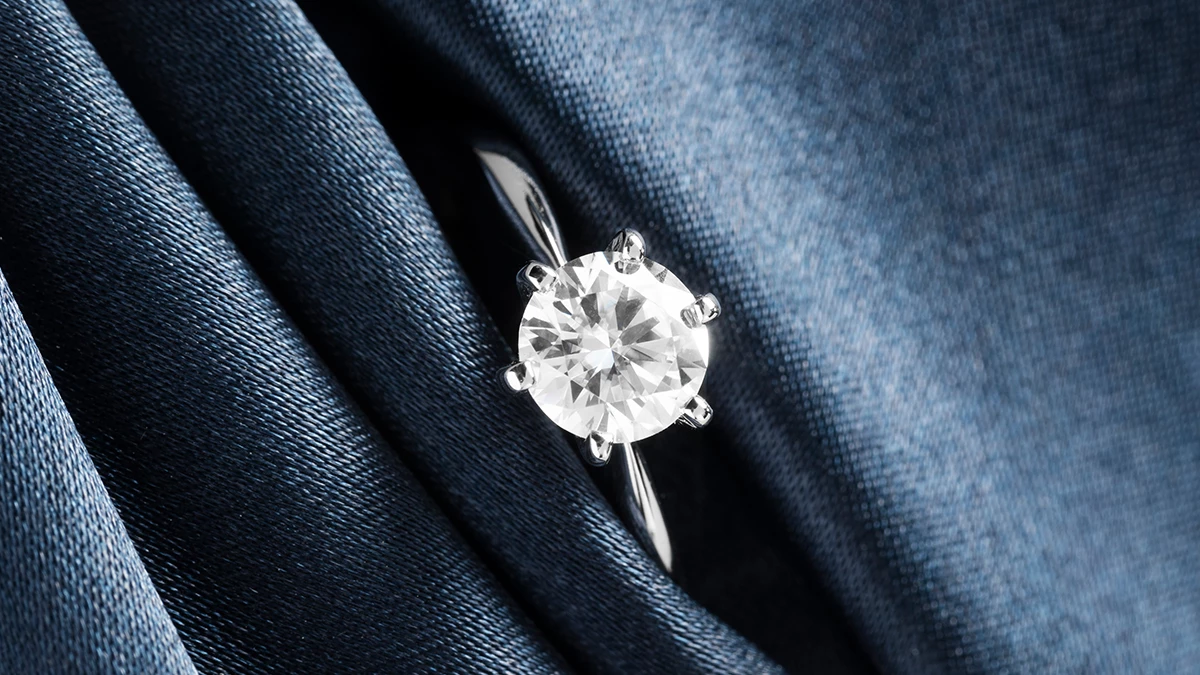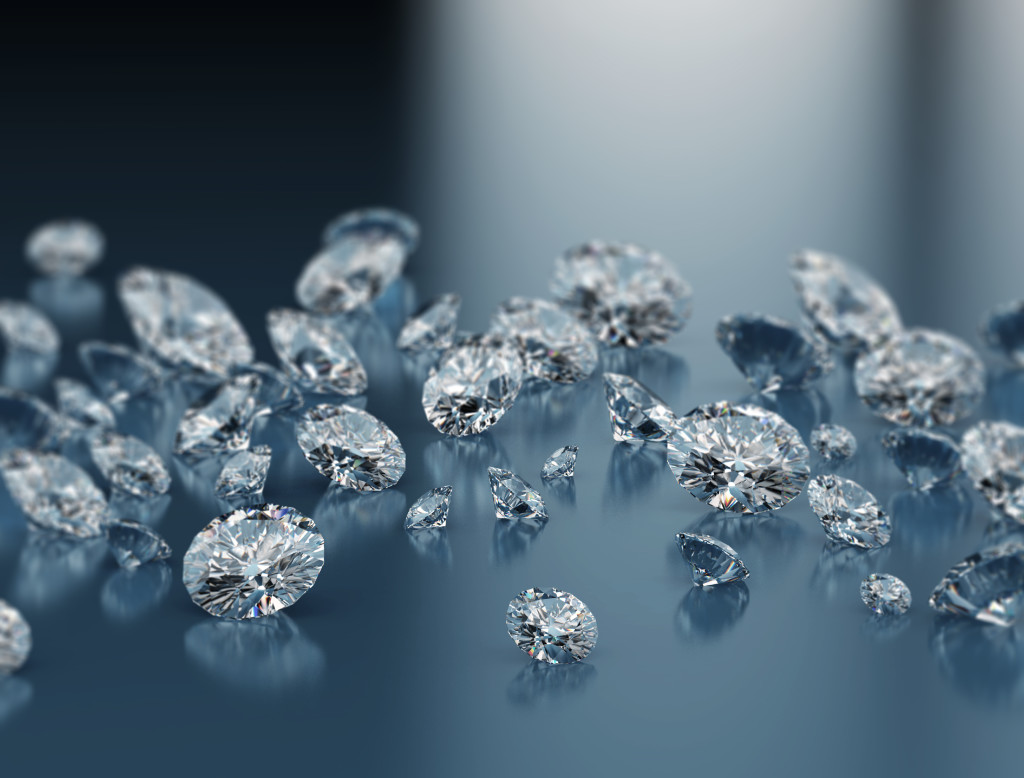Diamond Cut in the Context of Lab-Made Diamonds

When evaluating diamonds, whether they are natural or lab-made, one of the most critical aspects to consider is the diamond cut. While the term “cut” might seem straightforward, its implications in the context of lab-made diamonds can be intricate. This article explores what does diamond cut mean, its importance, and how it applies specifically to lab-made diamonds.
What is Diamond Cut?
The term “diamond cut” refers to the way a diamond has been shaped and faceted. It encompasses not just the diamond’s physical shape but also the quality of the craftsmanship in how the facets are proportioned and aligned. The cut of a diamond significantly impacts its interaction with light, influencing its brilliance, sparkle, and overall appearance.
Factors Influencing Diamond Cut
Proportions play a crucial role in the diamond cut. This includes the depth, table size, and angles of the facets. Well-proportioned diamonds reflect light more efficiently, enhancing their brilliance.
Symmetry is another vital factor. The alignment of the diamond’s facets affects how light travels through the stone and contributes to its sparkle. Precise symmetry ensures that light is reflected in a way that maximizes the diamond’s visual appeal.
Polish refers to the smoothness of the diamond’s surface. A high-quality polish improves the way light interacts with the diamond, contributing to its overall brilliance.
Why is Diamond Cut Important?
The cut of a diamond is essential because it directly impacts the diamond’s brilliance and sparkle. A well-cut diamond will reflect light from its surface and disperse it into a spectrum of colors, creating a captivating display. On the other hand, a poorly cut diamond may appear dull and lackluster, regardless of its other qualities like carat weight or color.
In terms of perceived value, the cut is a critical factor. Even if a diamond boasts excellent color and clarity, a subpar cut can significantly lower its value. Diamonds with high-quality cuts are highly valued in the market and often command higher prices.
Diamond Cut and Lab-Made Diamonds
Lab-Made Diamonds: A Brief Overview
Lab-made diamonds, also known as synthetic or cultured diamonds, are produced using advanced technologies that replicate the natural conditions under which diamonds form. These diamonds are chemically and physically identical to natural diamonds, though they are created in a controlled environment.
Cutting Lab-Made Diamonds
The process of cutting lab-made diamonds closely resembles that of natural diamonds. However, lab-made diamonds often have fewer impurities and more consistent crystal structures, allowing for potentially more precise cuts. This can result in higher-quality diamonds with enhanced brilliance and visual appeal.
Grading Lab-Made Diamonds
Lab-made diamonds are graded using the same criteria as natural diamonds. Institutions like the Gemological Institute of America (GIA) assess lab-made diamonds based on cut, color, clarity, and carat weight. The cut is evaluated with the same rigorous standards, ensuring that lab-made diamonds can achieve exceptional levels of brilliance and quality.
In conclusion, the diamond cut is a pivotal aspect of a diamond’s overall quality and appearance. Whether natural or lab-made, the cut influences the stone’s brilliance and value. Understanding how diamond cut applies to lab made diamonds can help you make informed decisions when selecting these exquisite gems.




